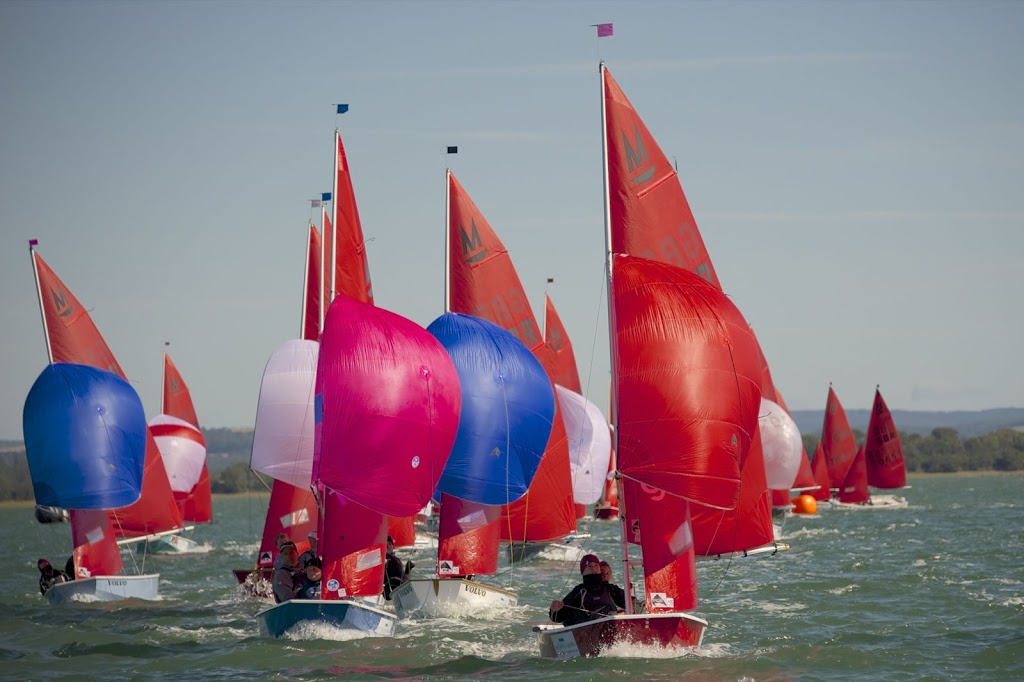Here are some very useful videos produced around 2008 by the RYA. Featured sailors are Tom & James Lovesey & they are sailing one of the MCA Demo boats equipped with a flyaway pole system.
It's best to stop each video clip when it finishes, otherwise it will go on to play another RYA video applying a different manoeuvre, or a different class (Cadets, Optimists, Toppers,...) which is a bit confusing.
During these videos the commentator (GBR Olympic Gold medallist Shirly Robinson) often describes what the helm should be doing, followed immediatley by what the crew should be doing - it sometimes seems like she is repeating herself, but across the top left hand corner of the screen there is a "Helm" or "Crew" flash, so you can see which bit of commentary applies to which role, which makes it much clearer.
Tacking |
| Tacking quickly, safely and effectively is really important to allow you to capitalise on any opportunities to make gains on the upwind leg. Getting it right relies on communication and time spent practicing focussing on the individual steps required by the helm and the crew. |
Stopping |
| Slowing or stopping your boat under control is an important technique for starting well consistently, particularly on busy start lines in tidal conditions. The timing of the sheeting in and easing of both sails is vital to be able to control the course and speed of the boat throughout. This requires timely coordination between helm and crew, which can be achieved with practice and effective and concise communication. |
Accelerating |
| The aim is to bring the boat up to full speed under full control, usually from the boat being stopped on a close hauled course. This is especially important at the start time, where it is important to learn correct technique to prevent the boat slipping sideways too much. As ever in a double hander this requires effective and concise communication between helm and crew to work together and accelerate most efficiently. |
Hoisting the Spinnaker |
| This outlines the steps required by the helm and crew to hoist the spinnaker safely and effectively whilst steering on a downwind course. The aim is to get the spinnaker filling as quickly as possible, with the helm and crew spending as little time as possible standing up. In preparation making marks on the spinnaker sheet and guy will really help the crew to set the spinnaker quickly and accurately during the hoist. |
Gybing with the Spinnaker |
| The aim is to be able to gybe whilst keeping the spinnaker filling throughout. Again, this is achieved by good helm and crew teamwork, timing and communication. |
Dropping the Spinnaker |
| This outlines the steps required by both the helm and crew to drop the spinnaker safely and effectively whilst steering a downwind course. The aim is to get the spinnaker in the chute and tidy, as quickly as possible. Ideally, the helm and crew should aim to spend as little time as possible standing up. |




